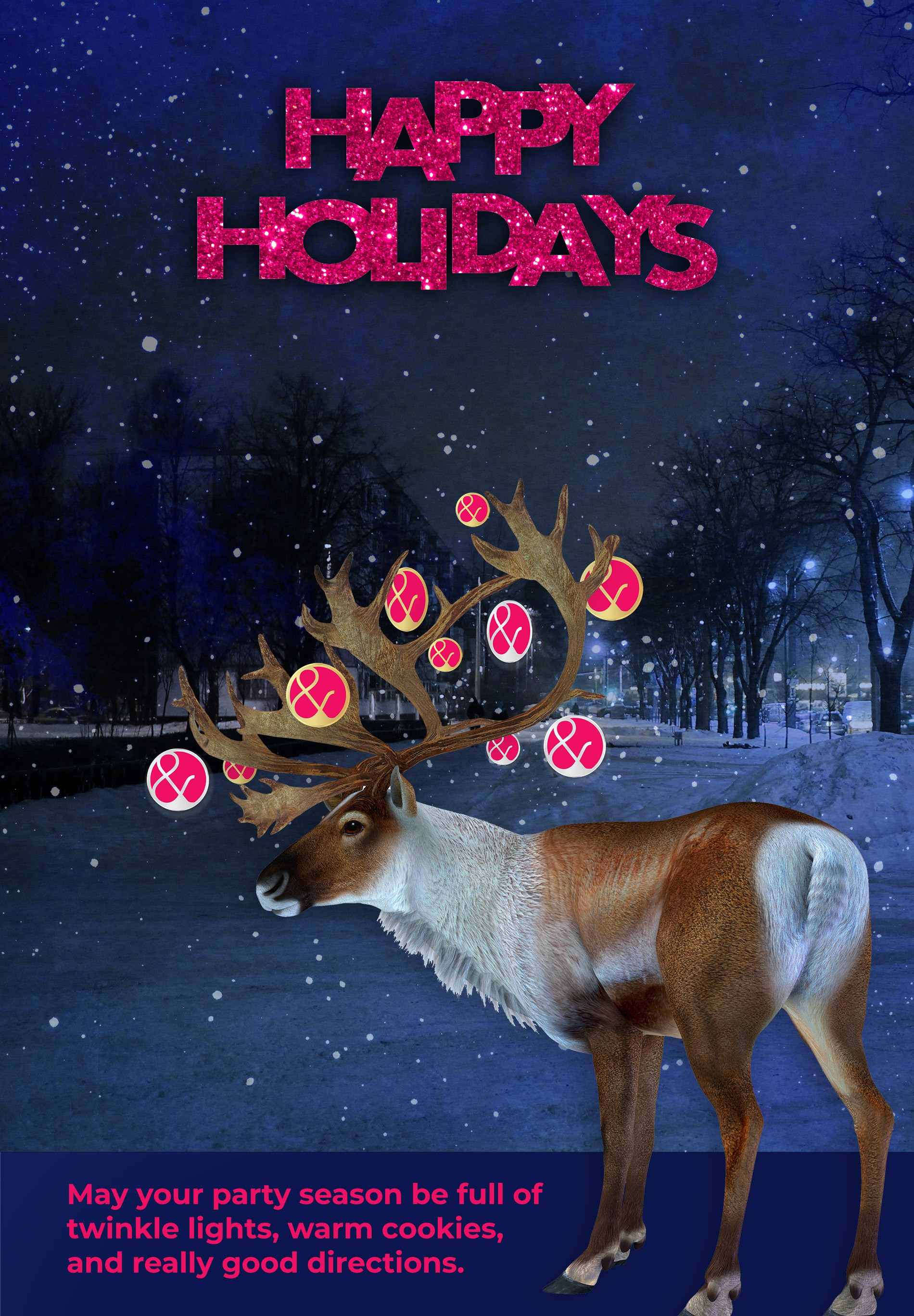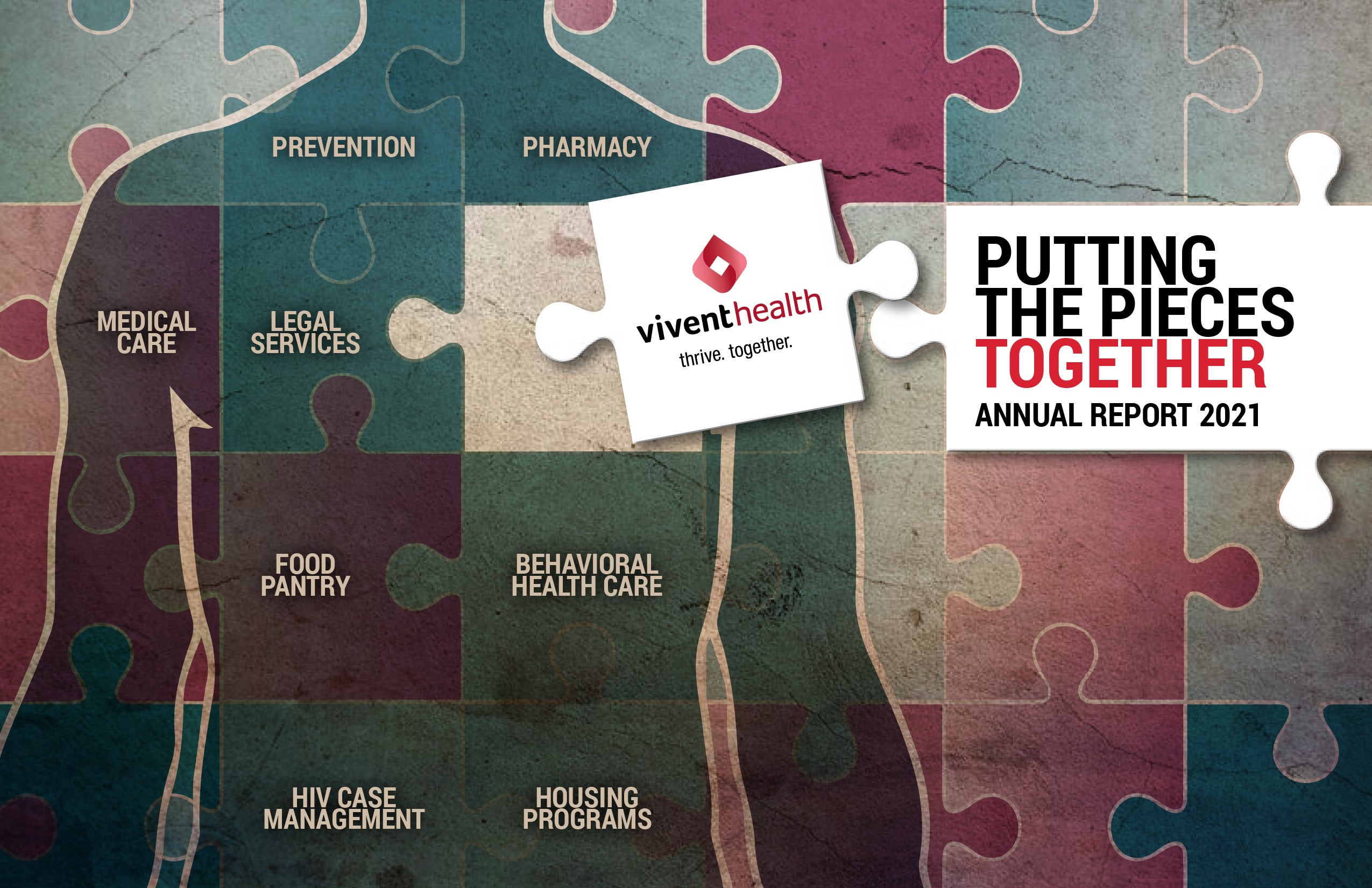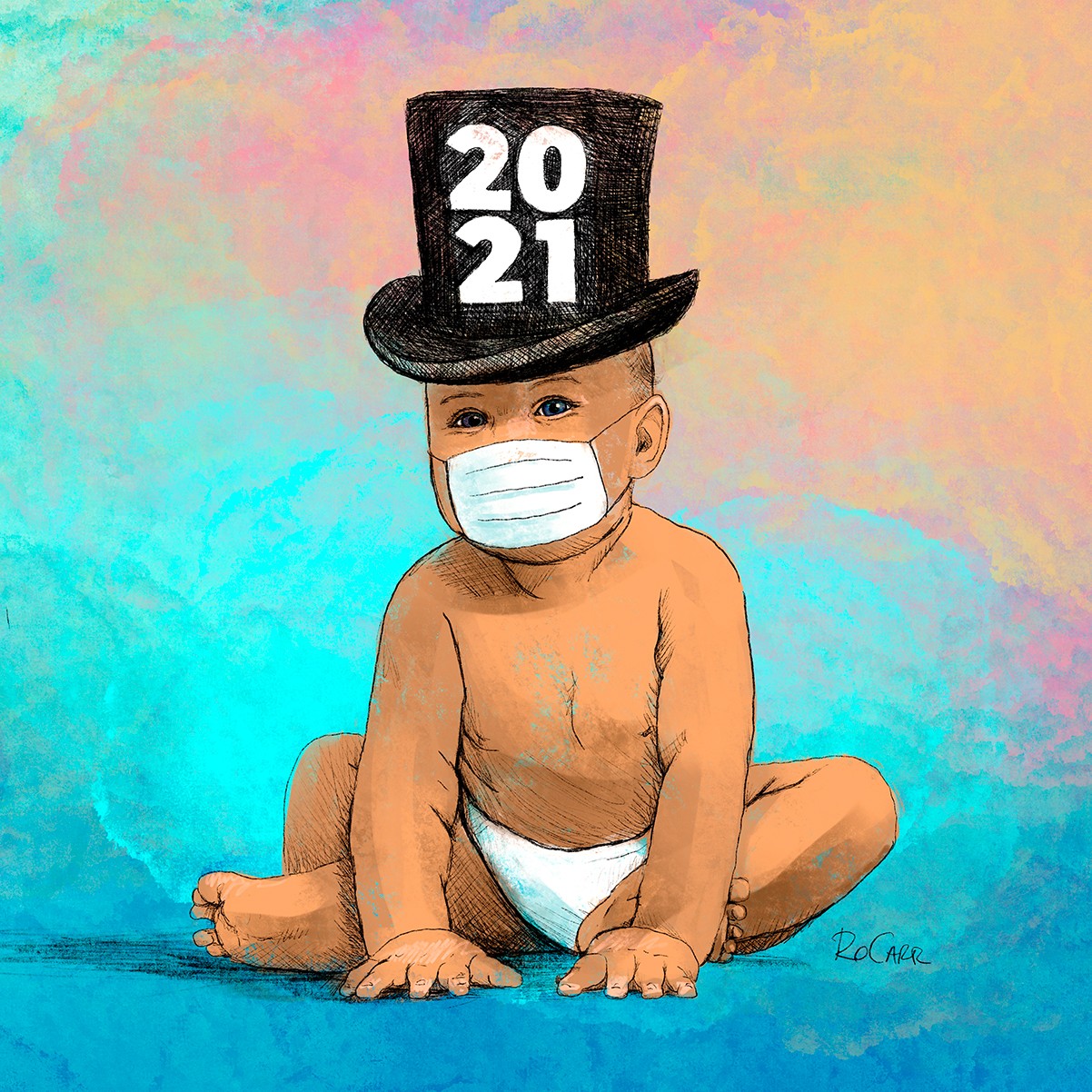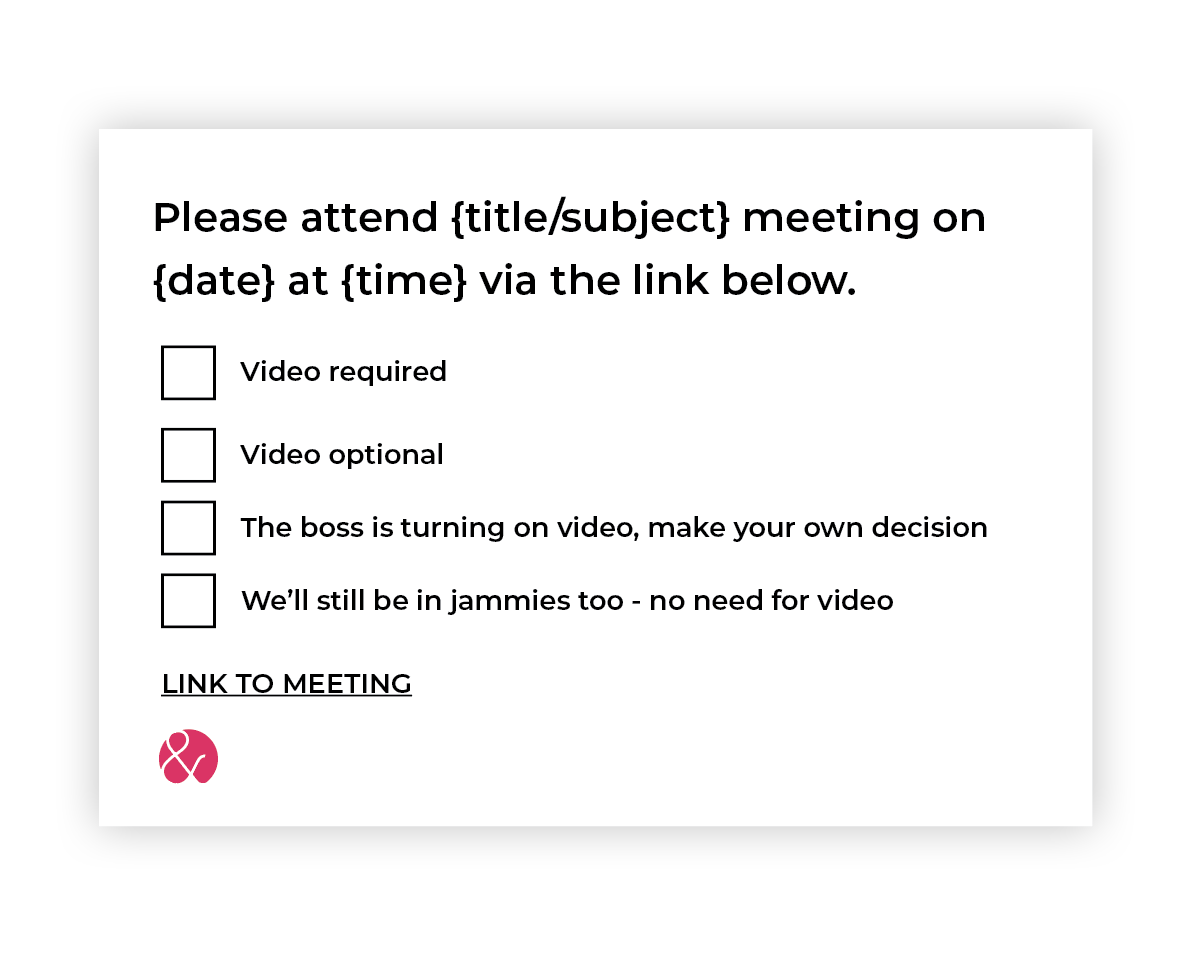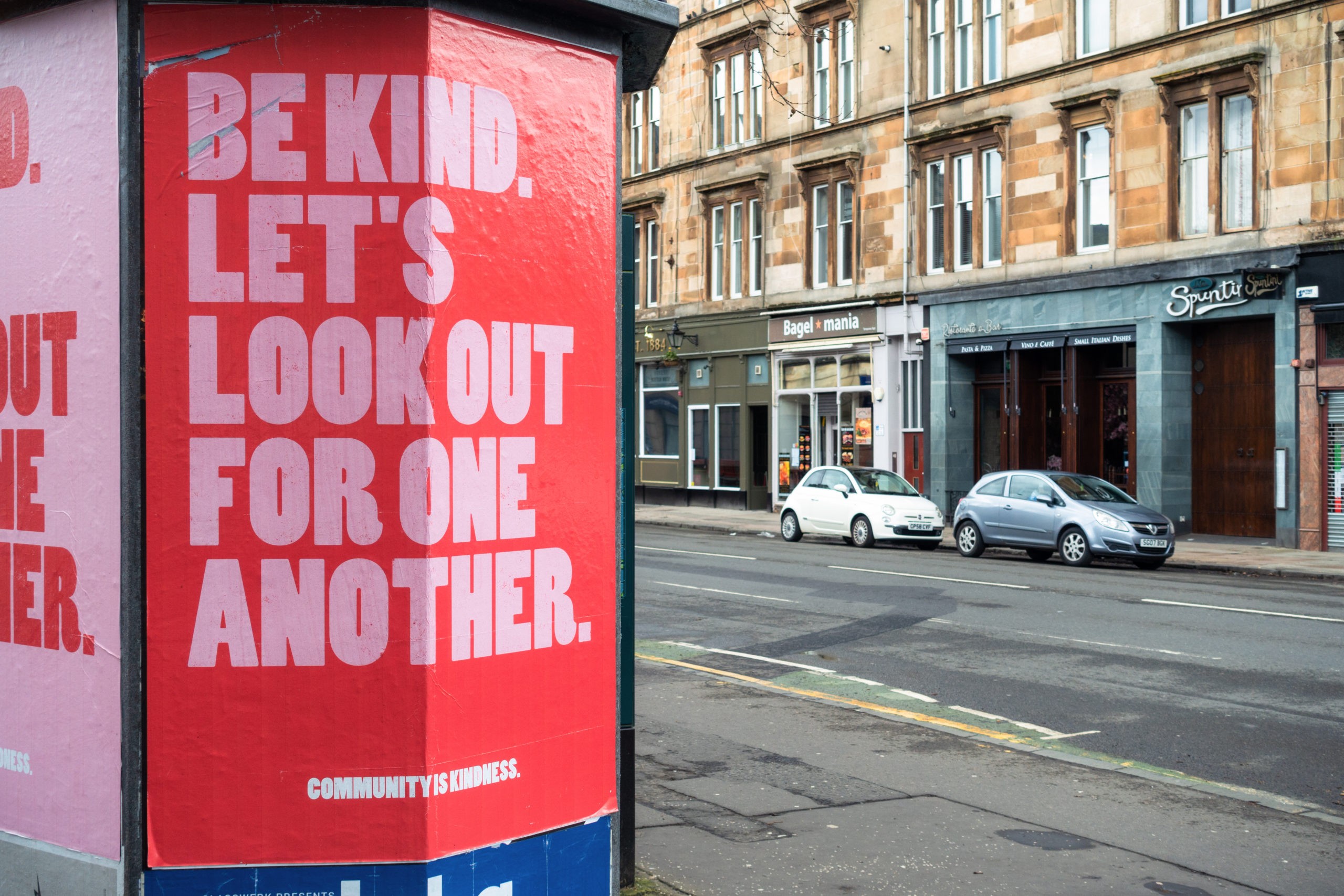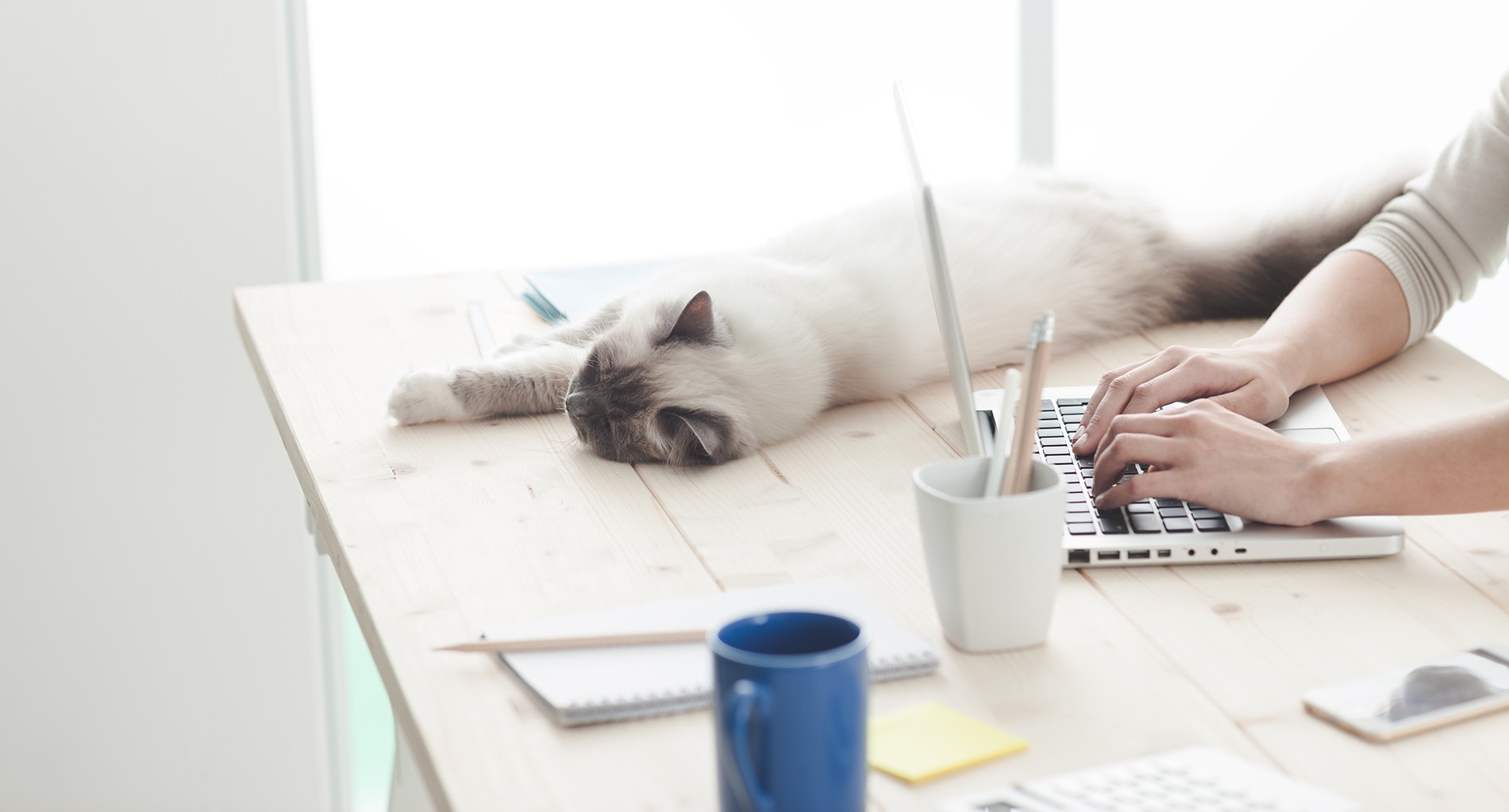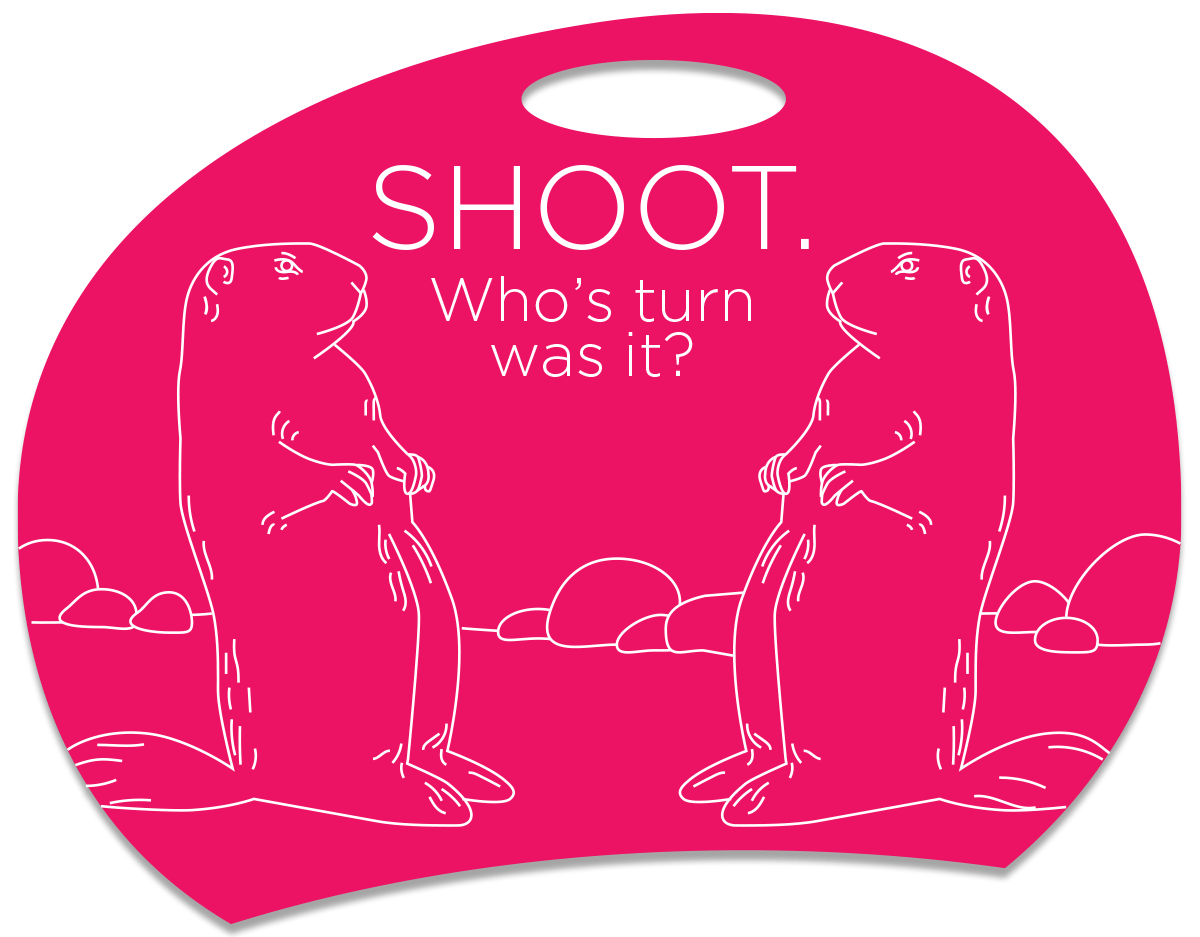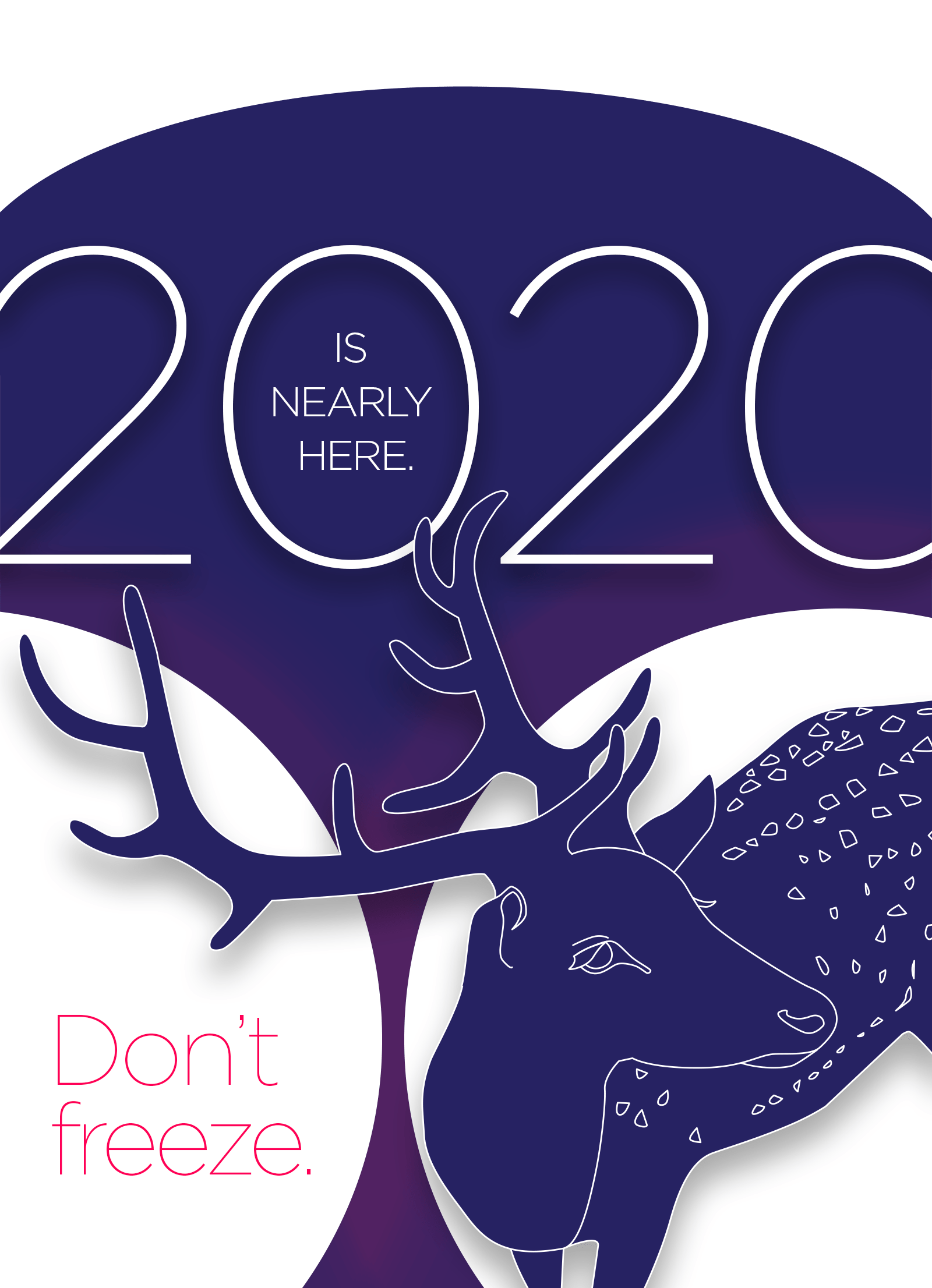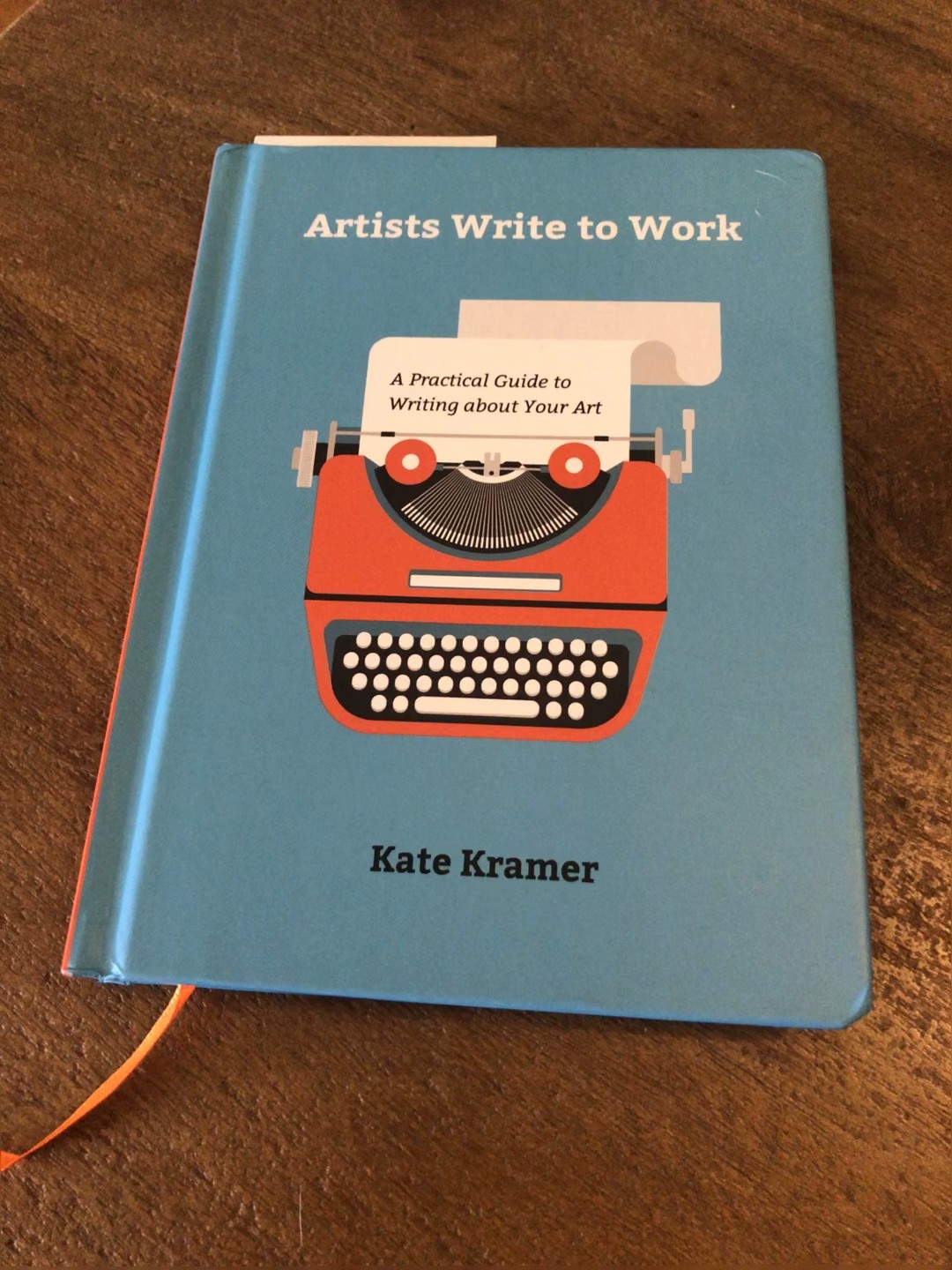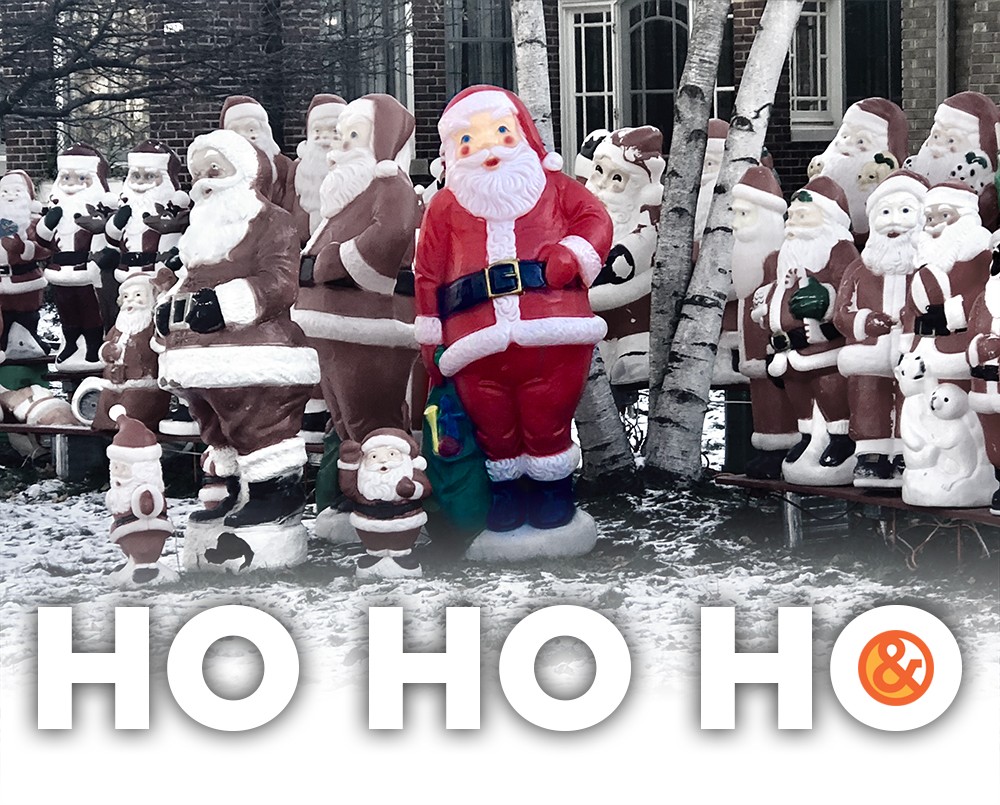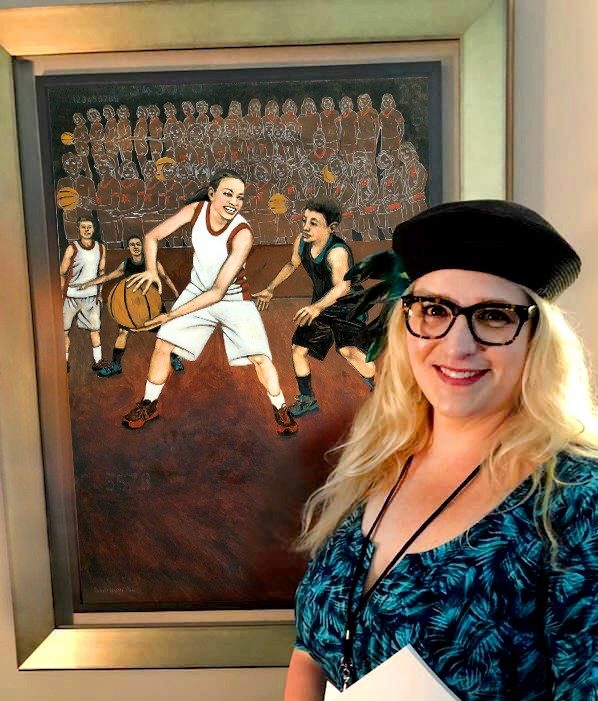So you need a logo. You've started a business, or you've come up with a new product or service and it's fantastic - a sure-fire money-maker. You've been working on it for a long time and it's your baby. You know how great your baby is but you also know you need to find a way to get the word out so that you can start making sales. Getting the word out means marketing and your first stop is a fantastic logo.
A great logo - or brand - is how to begin. This is how we do it.
- The creative brief - some years ago we started using a creative brief when working with my clients on creative projects. A creative brief is the basis of creative direction for the project. As a designer it is all-important for me to understand numerous things about you and your company/service/product prior to being able to start work on a logo project. Let's say the project is to create a corporate brand for a new company. We'd start with a blank questionnaire for the client which they could either fill out on their own, or we could fill out together. The blank creative brief would contain questions such as:
- What is the mission of your new company?
- What are it's goals? 1 year? 5 year? 10 year?
- List 5 characteristics about your company which you think places you above your competition.
- Choose the most important of the 5 listed above and expand - why is this so important?
- Give us a brief demographic sketch of your primary audience. Who are you appealing to and what are they like?
- Do you have a secondary audience? Give a demographic sketch of these people.
- What is your primary message? what is the most important aspect of your company that you'd like your client to understand about you right away?
- Mandatories - what must be included? These are specific copy points or design elements that must be included in the creative. Should a particular color palette be kept in mind? Colors or concepts to be avoided? Are there other existing materials that the new identity should complement?
- List 5 of your direct competitors and their URLs and explain what you think they are doing right with their marketing and what you think they are doing wrong.
- List 5 logos from anywhere (include urls) that you think are successful and why.
- What is your deadline on this project?
- Research - Once we've finished the creative brief, we do some research. We look at your direct competitors, and we look at the market in general. What are other companies doing? what has worked for them? what's not worked for them? We research the primary audience - what are their likes and dislikes? what appeals to them and what's a turn-off?
- Concepting - Now that we have a good idea of who you are and where you want to go, and we've looked around to see what's working in the industry and what is not, we sit down and start concepting. This entails brainstorming ideas on paper and in drawing programs. An extensive font search is part of the process as well as sketching "icons" or the image that sometimes is included in a logo. What kind of imagery is most appropriate for this client and this market? What will speak to them? What type of logo should we go with - a typographic approach or something with an illustration? Several days and many crumpled sheets of paper later and we've got a few ideas that we think really work on all points. These are presented in black and white only, to the client for review. We show in black and white in the beginning of the process to keep things simple It's amazing how much color can skew a person's experience of a design - so we leave it out until a final design is chosen.
- Review - Now it's the client's turn to let us know what they think. This step is very important. Just as the creative brief is how to get started on a project, the client review is how to keep the designer on track. We've just spent many hours coming up with what we think are some pretty fabulous ideas and we present them to the client with pride. Sometimes the client is right there with us... "Wow! love these! I don't know how I'm going to choose between them!" This is great - champagne all around! However, this is not always the case. ??The creative process is not a science - sometimes we don't hit the mark right away and that's ok - it's all part of the process. However, it's crucially important that the client gives us their gut reaction to the initial ideas and tells us WHY we are not there yet. Remember, we've just spent all of our time creating based on what you've supplied in the creative brief and what we've found in our research. Do you feel we misunderstood your direction? Or did we miss something important about your industry? Did seeing these logos remind you of something important you'd forgotten to share in the creative brief? Have the goals of the project changed since you filled out the brief? ??It's very important that you, as the client, can voice these feelings and opinions. Designers need this type of feedback in order to go back to the drawing board and start again. Without further feedback - if the client simply says "I don't like these" without expanding on why - then the designer is literally stabbing in the dark looking for more ideas. This can be an enormous time-waster. As designers we rely on your input - you are the client and we are seeking your approval for our work. Put some thought into your responses and let us know:
- Of the concepts shown, which is closest to the mark, and explain why it's not "there" yet.
- If none of the concepts are anywhere close to what you are looking for, explain what you feel is missing. You may start here by reviewing the concepts one by one and saying why they DON'T work.
- Don't worry about hurting our feelings. Yes we've put a lot of time and effort into the presentation - but if it's not working for you then we need to know why. We are professionals, we can take it. (Although saying it nicely is appreciated).
- Back to the drawing board - if we didn't hit the mark on first presentation, we go back to item 2 above and repeat until we come to a design that the client approves. This process is usually restricted by the contract - it does not go on forever. Most contracts, mine included, limit the amount of edit rounds. If you get to the end of the alotted edit rounds and there is still no resolve on the project, then there has been a breakdown in communication somewhere. Either you are not being clear with the designer or the designer is not understanding you. Either way it requires a sit down and a face-to-face talk before it gets that far. These talks usually entail re-reviewing the creative brief question by question to determine where the designer is not understanding your direction.
- Finalization and color palette - if a logo is chosen, we then move on to finalizing the design and developing a color palette. This means small adjustments to improve the chosen logo. Small refinements in font placement and size, little adjustments to the drawing. Just little things that make a big difference to the professional level of the final logo. This final perfect logo is then presented to the client in several color palettes. Color can be a very touchy thing, people often have emotional responses to color which can skew their perception of a design. So we only show color once we've got a final logo - then we can focus on the color palette as it works with the design instead of the other way around. Once a color palette is chosen, the logo is supplied to the client in numerous formats appropriate for different types of mediums. Most important though - always make sure your logo is supplied in color as a vector-based eps. This is the most useful of formats for a designer and can be changed into any other format in the future. Always make sure you get the eps of your logo from your designer at the end of the job and keep it somewhere safe. I guarantee you'll need it in the future, and often.
